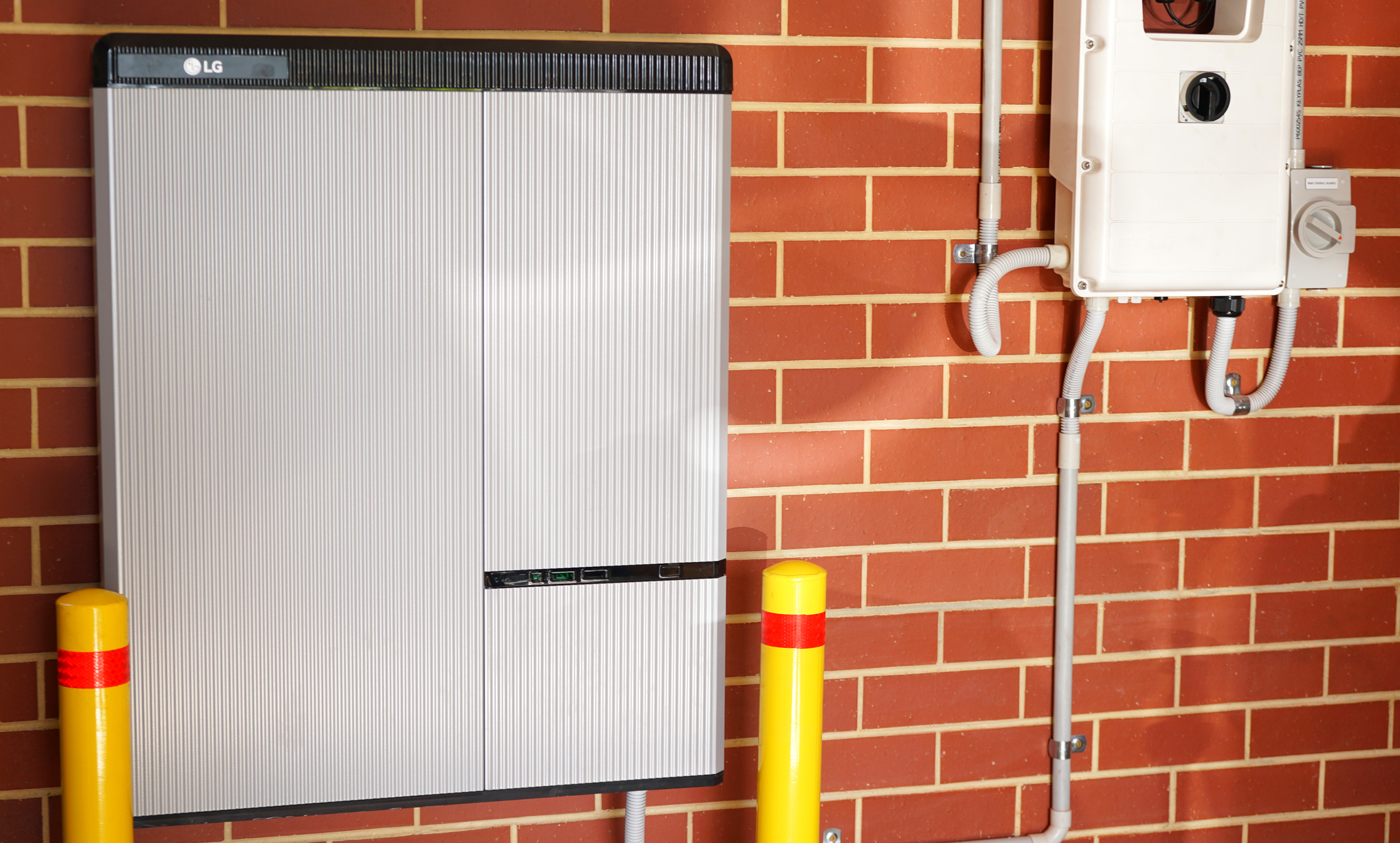As people seek more sustainable lifestyles and countries work toward net-zero emissions by 2050, companies in the energy sector have started to alter processes and product lines to keep up with demand. By creating more energy-efficient products, manufacturers may have a trial and error period until they “get-it-right.”
This month, LG Chem Ltd. is voluntarily recalling certain models of its home energy storage lithium-ion batteries arising from concerns of overheating and housefires. The South Korean industrial giant is working with the U.S. Consumer Product Safety Commission (CPSC) after receiving five reports of fires linked to its battery system in the U.S. The fires caused limited property damage and no injuries, according to the recall notice.
The faulty units were sold by various solar energy system distributors from January 2017 through March 2019. LG Chem and sister company LG Solution Co. is working with related companies to determine the cause of its battery malfunctions. As a preemptive measure, the company said consumers will be offered free battery replacements containing “state-of-the-art” battery cells manufactured in 2020.
The recall comes as solar installers are offering batteries as part of their systems. Many homeowners want backup power to keep lights on during outages amid hurricanes, extreme heat or the threat of wildfires.
What All Manufacturers Can Learn
All manufacturers should stay up-to-date and alter crisis plans based on various company recalls, regardless of the industry. Whether the recall is regulated, unregulated, voluntary or involuntary, every recall can provide important lessons.
Once LG Chem was aware that the product could create a potential danger to consumers, it immediately issued a voluntary recall. By responding swiftly, the company was able to make distributors aware of the problem and ensure the safety of consumers. Rather than creating a lingering crisis, the company’s action solved the problem and earned more trust in the marketplace.
In-Market Remediation Solution
The primary objective of a remediation solution is to respond to incidents before they become a major setback and to protect a company’s reputation.
Typically, product recalls come from a single manufacturer and affect only their consumers. However, this is a prime example of an event that requires an in-market remediation solution. LG Chem sells batteries and other products to distributors globally, meaning the extent of the recall is twice as big due to several companies installing LG Chem products in homes.
Since LG Chem works with various distributors, it’s not the only company responsible for the faulty product. When responsibility is shared in that way, smart companies have appropriate remediation solutions built into their crisis plans.
Battery recall serves as a guide for all manufacturers
December 10, 2020

